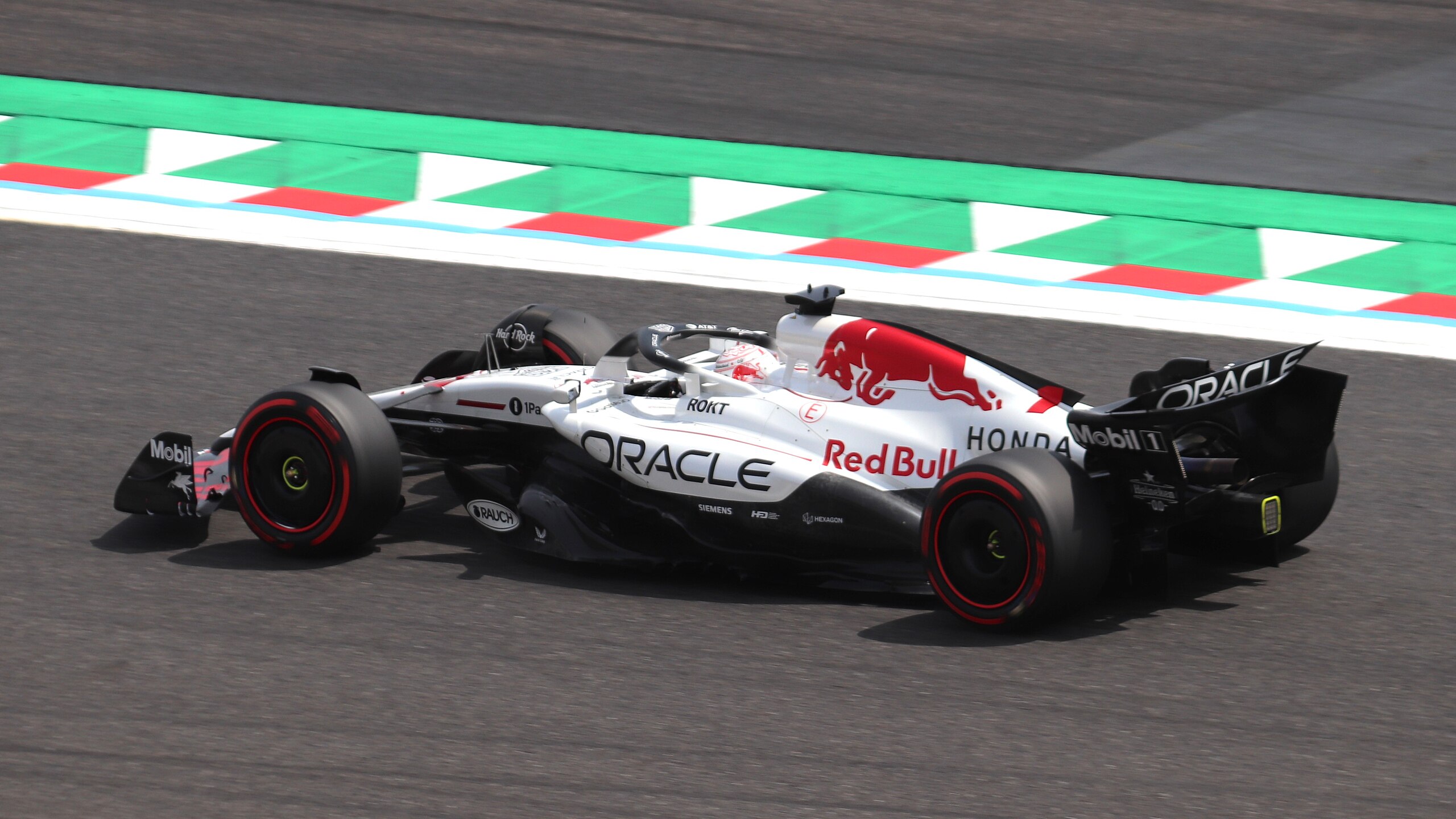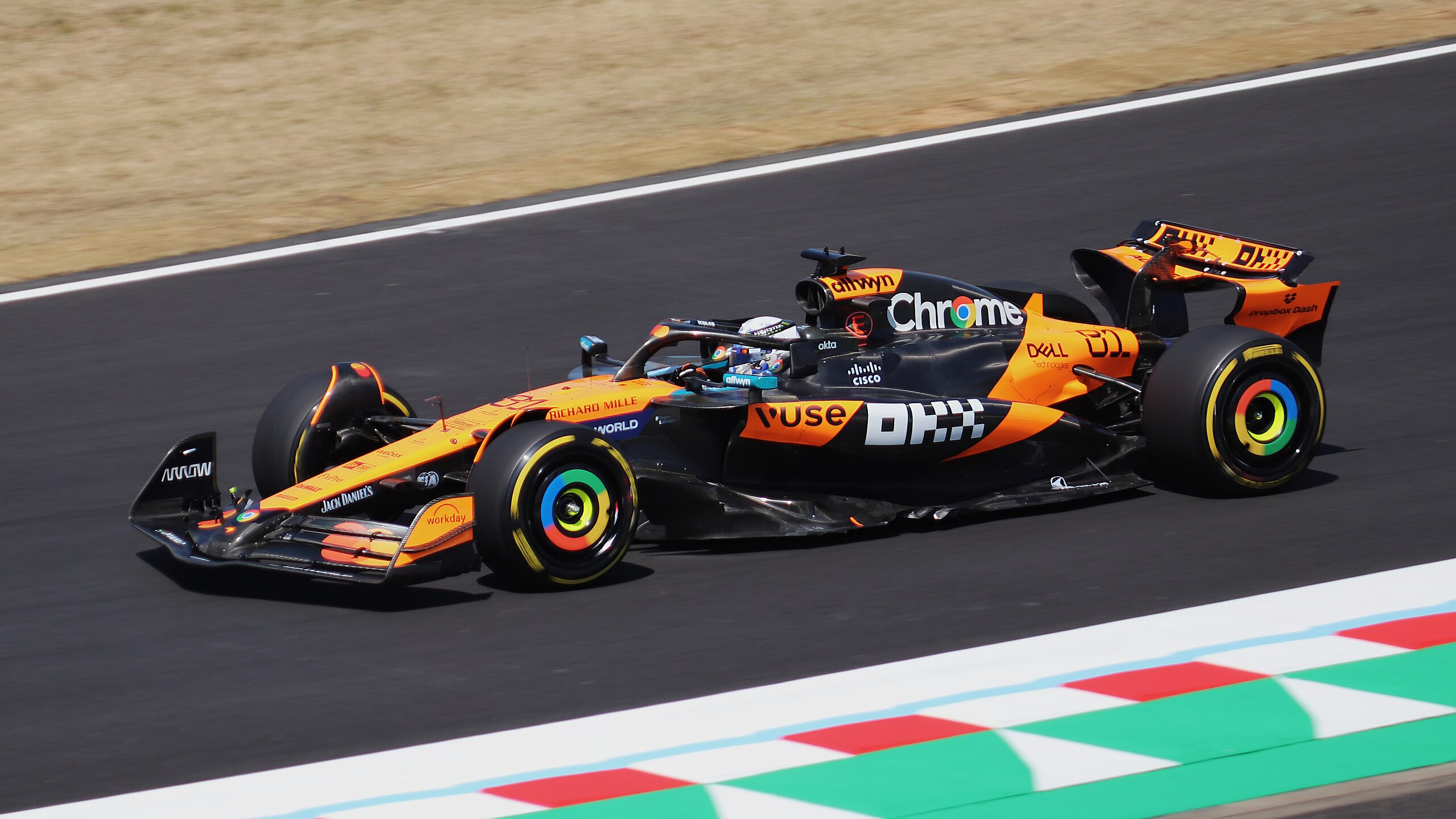Are you willing to sponsor?
Are you ready to explore the transformative power of athlete sponsorship for your brand? Click here to learn more about how sponsorship can help brands grow and thrive in the exciting world of motorsports.
By Emanuele Venturoli| Posted May 14, 2018 | In MotoGP, Sponsorizzazioni Sportive, Sport Sponsorship
If you are an avid sports fan, or a marketeer yourself, you might have noticed a recent trend in the sports marketing scenario: the progressive switch from “sponsorship” to “partnership”. How are these two terms different? What are the differences between partnership and sponsorship, and what does it mean for a company to become a Partner, rather than a Sponsor?
The most marketing-oriented properties in sports have begun this migration from the idea of “sponsorship” to the idea of “partnership” at the beginning of the last decade, as teams, athletes and events started to realise the whole concept of “sponsorship package” or “sponsorship program” was not a good match anymore for the highly-complex marketing plans of global firms and brands. International powerhouses and multinational business simply did not want to buy the standard thing anymore, their communication strategy being far too elaborate for just a single-dimensioned marketing proposal. Not only that: they wanted sports and sports properties to become a full marketing asset for their products and services, tailor-made to their present and future communication strategy. If, before, it was up to the sports properties to offer specific marketing benefits, now it was the companies themselves tracing the route towards new boundaries of co-op. Marketing-wise, this was a revolution.
Brands wanted to achieve promotional advantages via partnership agreements that could help them to open new markets and engage new targets in a more specific and deep fashion.
The whole idea of sponsorship bloomed and the caterpillar quickly became a butterfly.
Firms and business worldwide started to realize that sports could bring visibility, awareness and sure it was a great story to tell, but extra chilli could be added to the mix to make things extra spicy. All of a sudden, lubricant and oil producers started to use Formula 1 and MotoGP Teams as their cutting-edge R&D labs; food brands used athletes not only to market their product but to develop and test new range of supplements; clothing manufacturers took the immense expertise gathered in years of specific disciplines to produce extra-tech garments and textiles for their collections.
Academically speaking, sports sponsorship and sports partnership are not so different. Honestly, they are quite the same thing. However, on a more conceptual level, sports partnerships could be defined as a new level of sports sponsorships: they represent a tighter-fitting collaboration between sports and business. (Discover What is a Sponsorship Activation.)
Should we bullet-point some of the major improvements from sports sponsorships to sports partnership, these could be:
Both strategies – donation and sponsorship – are worthy, and definitely have their place. Although both sports sponsorship and donation call for giving money to a third party in an effort to improve their performance, the two things are substantially different from a marketing point of view – or, they should be.
Again, sponsorship involves the sponsoring company acquiring rights from a sports team, athlete, or event – i.e, the rights to use their name, images, video assets, visibility and often key players, in order to leverage awareness in order to reap marketing and commercial benefits.
On the other hand, donation shouldn’t ever be used for marketing purposes. Although it may be utilised as a PR move, donation should be considered almost entirely in the realm of goodwill or charity – where companies, individuals or brands donate revenue to those individuals or organisations that they want to support. To expect anything marketing-wise to come as a result of a donation is not only unethical, but also likely to be illegal and could easily be classed as bribery.
The distinction, then, needs to be clear.
So, how can sponsorship and donation get mixed up when it comes to sports?
Without delving too deeply into the issue, at a surface level campaigns that have a Corporate Social Responsibility (CSR) angle could be seen to walk the line between charitable donation and long-term strategic sponsorship.
It should be made clear that this isn’t the case, however. Take a sports sponsorship campaign that sponsors a youth football team, for example. Sponsorship in this case could involve paying for the kit, helping with the costs of the stadium, or having your brand’s logo on the team’s newsletter or digital communications. As a sponsor, you have a strategic aim and are working with the team in order to provide support and get your branding in front of those that are invested in their success.
If you’re making a donation to a team or organisation that is registered as a charity, you are entitled to tax relief for the donation. These donations can be deducted from your company’s profits for the year in which the donation is made, meaning you may be liable to pay less corporation tax. More information on Corporate Gift Aid is available from the Charity Tax Group and Gov.uk. Also Gov.uk sets out the difference between sponsorship and donation clearly: “Charity sponsorship payments are different from donations because your company gets something related to the business in return.” Sponsorship can still mean tax relief though, as long as the organisation you’re supporting is registered as a charity. In this case, you may be able to claim sponsorship payments as a business expense.
Finally, during the years, many have asked what is the difference between sponsor and sponsorship. A sponsor is a company or brand using sports as a communication tool for marketing purposes. Sponsorship, on the other hand, is the system of actions, agreements, tools and mutual benefits put in place by two parts, the sponsor and the sponsee (which the the sponsored team or organization).
It must be noted that the difference between sponsor and sponsorship is not just a linguistic matter. These are not two different words for the very same thing. Rather, the whole concept of sponsorship includes the idea of sponsor. The sponsor is an important part of a sponsorship project, but not the only one. There are other factors, activities and actors that must come into play to close the circle.
Let’s talk, if you want, about partnership, sponsorship and how sports marketing could be beneficial for your business. You can reach us at info@rtrsports.com
Are you ready to explore the transformative power of athlete sponsorship for your brand? Click here to learn more about how sponsorship can help brands grow and thrive in the exciting world of motorsports.

A graduate in Public, Social and Political Communication from the University of Bologna, he has always been passionate about marketing, design and sport.
The online platform where you can discover the latest trends, strategies and insights from the exciting world of sports marketing.
View our blog
June 17, 2025
Starting in 2027, MotoGP is preparing for a momentous change that will redefine the face of motorcycling’s premier class. The new technical rules, announced by the Grand Prix Commission[...]
Read More
June 11, 2025
After 11 years, Marc Marquez is leaving Honda HRC to join Team Gresini. This was announced in a laconic press release, without signatures or photos, by the same House with the Wing. The same [...]
Read More
May 6, 2025
In the world of motorsport sponsorship, speed and performance have traditionally reigned supreme. However, a new race is underway, one towards sustainability. Both Formula 1 and MotoGP are st[...]
Read MoreIn an era where it is possible to get anywhere with a click, there is a strong temptation to approach teams and properties directly for sponsorship projects.
By doing so, we are convinced that we are shortening the value chain, saving time and money. However, these DYI methods are anything but risk-free and what initially appears to be a competitive advantage soon turns into a problem that is difficult to resolve. That’s why there are agencies. And this is why you should rely on us for your sponsorships.
When first approaching a sponsorship or sports marketing project, it is difficult to know immediately which stakeholders are correct, what the decision flow is, and what the right timelines are for each process. Sports is a very specialized field of action, and fitting effectively into its paths can take a lot of time and therefore money. We, on the other hand, know referents and spheres of action and know who to talk to, when and how. So you are also more effective.
Sports is an immense passion, and for our heart colors we would be willing to do anything. But business is a different business, and it is important to make the best possible strategic decisions based on independent research, statistics and reliable data. A sports marketing and sports sponsorship agency like RTR has an objective, 360-degree picture of the scenario and can tell you what is really best for you: which sport, which athlete, which team. This is because we possess a great deal of data and information on ratings, segmentation and attitudes. Because the numbers don’t lie. Never.
Activations are the real heart of sports sponsorship. Without them, there remains only a blank sticker on a motorcycle, car or uniform and no contact with the public, no emotional connection, no impact on the bottom line. Then how do you do it? It certainly won’t be the teams or the athletes who will help you leverage sponsorship and enjoy the many marketing rights you have paid for. To bring out the best in a sports marketing project you need an agency that knows how to use sponsorship to engage the fanbase on the Web, to reach out to Shopping Centers, to organize hospitality, to develop B2B and B2C opportunities, and to get “your” athletes in front of millions of potential consumers.
Would you ever go to the dealer who sold you the car and ask if the competitor’s car is better? No, of course. So, how do you expect to get firm measurements of the effectiveness of your sponsorship if you do not rely on someone super partes? At RTR, we have always worked with independent third-party agencies that allow us to know the return on any exposure of your brand on TV and in the media. In addition, we believe in calculating ROI as the ultimate measure of your success-so we can tell you for every penny you spend how much you are making.
We have been involved in sports sponsorship and sports marketing for more than 15 years. We are consultants in the sense that our goal is to maximize your investment, but we are also an agency that manages the project from start to finish. We have been doing this since 1995 with passion and professionalism, following three principles that have become cornerstones of our business: independence, verticality and transparency.
I would like to highlight the fact that one of the qualities of RTR is its great ability to approach the sponsorship scenario strategically, together with its passionate attitude, its amazing enthusiasm for solving problems, and its high level of professionalism.
Gianluca Degliesposti
Executive Director Server&Storage EMEA
Eurosport is truly delighted with its business relationship with Riccardo Tafà, who has become extremely popular, thanks to his detailed knowledge of the sports marketing sector and his highly diligent attitude to work.
Francois Ribeiro
Commercial Director
Passion and Expertise are the features that I have found in RTR since the very beginning. Serious and reliable professionals but also very helpful, nice and open-mind people, willing to listen and compare different ideas. All the values in which RTR believes make this agency a partner, not just a supplier, a partner with whom we have had the opportunity to achieve significant commercial results in term of success and image.
Luca Pacitto
Head of Communication
We have been working with RTR Sports Marketing for over 10 years. The objectives and the programmes of collaboration continue to be renewed and to grow with mutual satisfaction. I believe RTR is a team of great professionals led by Riccardo Tafà, who I consider a manager of exceptional skills and with a great passion for his work.
Lucio Cecchinello
Team Principal
I have known and worked with Riccardo Tafà since 1995 when we collaborated for the first time on a project for the Williams Formula 1 team. Several clients followed. After leaving Williams to work for Gerhard Berger then owner of the Toro Rosso F1 Team, I turned again to Riccardo to seek his help in finding a tool supplier for the team and Riccardo duly obliged with an introduction to USAG, a partnership with Toro Rosso which endured for five years. I recently started a new role as Group Commercial Director for the renowned Andretti Autosport organisation and I find myself working with Riccardo once again on a number of interesting projects. Why has this relationship with Riccardo endured ? He’s smart, knows the commercial side of sport inside out and back to front and he’s honest and trustworthy. Riccardo Tafà is a “doer” not a “talker”: in over 20 years I have never had a dispute either with him or with a company that he has introduced and each partnership introduced by Riccardo has delivered quantifiable ROI to rights holder and sponsor alike. I can think of no better testimonial of Riccardo’s diligence, knowledge, contact base and hard work than that.
Jim Wright
Group Commercial Director
The online platform where you can discover the latest trends, strategies and insights from the exciting world of sports marketing.
View our blog
July 4, 2025
When, in 1950, the Formula 1 kicked off at Silverstone, no one could have predicted that, 75 years later, it would become much more than a sport. Today, F1 is a global phenomenon, a cultural,[...]
Read More
July 1, 2025
In the complex and exciting world of Formula 1, performance no longer belongs exclusively to wind tunnels and race strategies. It also unfolds in boardrooms, brand labs, and experiential mark[...]
Read More
June 26, 2025
The European Commission has provided Liberty Media Corporation with unconditional approval to complete the acquisition of the MotoGP World Championship. The process of annexing the top motorc[...]
Read More